Will a merger save SEG, AAPG and SPE?
/There’s now a dedicated website to help members follow the developments, but it looks like no decisions will be made before next year, following a member vote on the issue.
In a LinkedIn post from SEG President Anna Shaughnessy earlier this week, I learned that SEG is joining the discussion. This move is part of a strategic review, led by President-Elect Ken Tubman. The new Strategic Options task force will have plenty to talk about.
It seems the pandemic, alongside the decline of petroleum, has been hard on the technical societies — just like it has on everyone. Annual meetings, which are usually huge sources of revenue, were cancelled, and I’m sure membership and sponsorship levels overall are down (actual data on this is hard to find). So will this merger help?
In contravention of Betteridge’s law of headlines, and more in line with classical geophysical thinking, I think the answer is, ‘It depends’.
The problem
As I’ve highlighted several times in the past, the societies — and I’m mostly talking about AAPG, SEG, SPE, and EAGE here — have been struggling with relevance for a while. I’m generalizing here, but in my view the societies have been systematically failing to meet the changing needs of their respective communities of practice for at least the last decade. They have not modernized, and in particular not understood that technology and the Internet have changed everything. Evidence: none of them have functioning online communities, none of them stream their conferences to make them more accessible, none of them understand the importance of open scientific publishing, they all have patchy equity & diversity records, and they all have rather equivocal stances on climate change. The main problem, to my mind, is that they tend to have a strongly inward-looking perspective, seeing everything in terms of revenue.
In summary, and to spin it more positively: there’s a massive opportunity here. But it’s not at all clear to me how merging two or more struggling societies creates one that’s ready for tomorrow.
The catch
The pattern is pretty familiar. Corporations in trouble often go for what they think are big, daring ideas (they aren’t big or daring, but let’s leave that for another time). Acquire! Merge! Fire the COO! Shuffle the VPs! What follows is months of uncertainty, HR meetings, legal nonsense, rumour-mongering, marketing focus groups, and a million-dollar rebranding. Oh, and “a stronger organization that can more effectively address the challenges our industry faces today and into the future”. (Right?? Surely we get that too?)
So there’s a pretty clear downside to survival-by-negotiation, and that’s the absolutely Titanic distraction from the real work — specifically from the actual needs and aspirations of your members, employees, partners, supporters, and the community at large.
There’s also the very real possibility that the organization emerging from the process is not actually fit for purpose. Reading the FAQ in the AAPG/SPE press release doesn’t fill me with hope:
Maybe I’m wrong, but I don’t think most members are worrying about how AAPG can grow its customer base.
The alternative
Now, to be clear, I am not a growth-oriented business-person — and I’m not against big organizations per se. But during the pandemic, size did not seem to be an advantage for technical societies. The cancellation of All The Meetings last year just highlighted how fragile these giant meetings are. And how difficult the high stakes made everything — just look at how AAPG struggled to manage the cancellation process long after it was obvious that their annual convention would be impossible to host in person. Meanwhile, Software Underground’s 3000 members immediately pivoted its two planned hackathons into an awesome virtual conference that attracted hundreds of new people to its cause.
Notwithstanding that things might be at a crisis point in these organizations, in which case some emergency measures might be called for, my advice is to press pause on the merger and dig into the fundamentals. The most urgent thing is to resist the temptation to attempt to figure it all out by shutting a select committee of hand-picked leaders in a room in Tulsa because that will definitely result in more of the same. These organizations must, without delay, get into honest, daily conversation with their communities (notice I didn’t say, ‘send out a questionnaire’ — I’m using words like ‘conversation’ on purpose).
If I was a member of these organizations, here’s what I would want to ask them:
What would happen if the organization only worked on things that really matter to the community of practice? All of it, that is — not just your sponsors, or your employees, or your committees, or even your members. What if you connected your community through daily conversation? Emphasized diversity and inclusion? Stood up emphatically for minorities? Brought essential technical content to people that could not reach it or afford it before? Founds new ways for people to participate and contribute — and not just “attend”? What if you finally joined the scientific publishing revolution with an emphasis on reproducible research? Started participating in the global effort to mitigate the effects of climate change? Shone a light on CCS, geothermal, mining, and the multitude of other applications of subsurface science and engineering?
It might sound easier to fiddle with corporate documents, rebrand the website, or negotiate new trade-show deals — and maybe it is, if you’re a corporate lawyer, web developer, or events planner. But your community consists of scientists that want you to support and amplify them as they lead subsurface science and engineering into the future. That’s your purpose.
If you’re not up for that now, when will you be up for it?






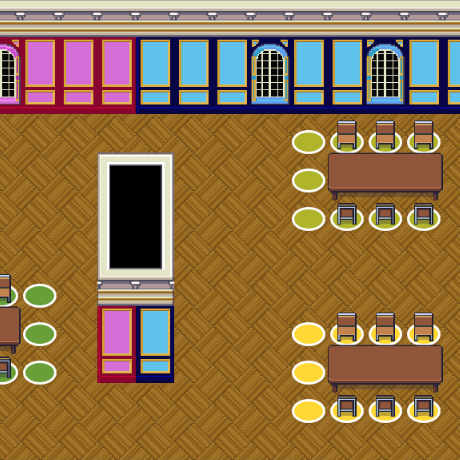

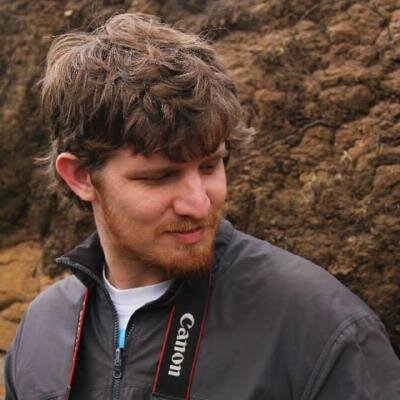





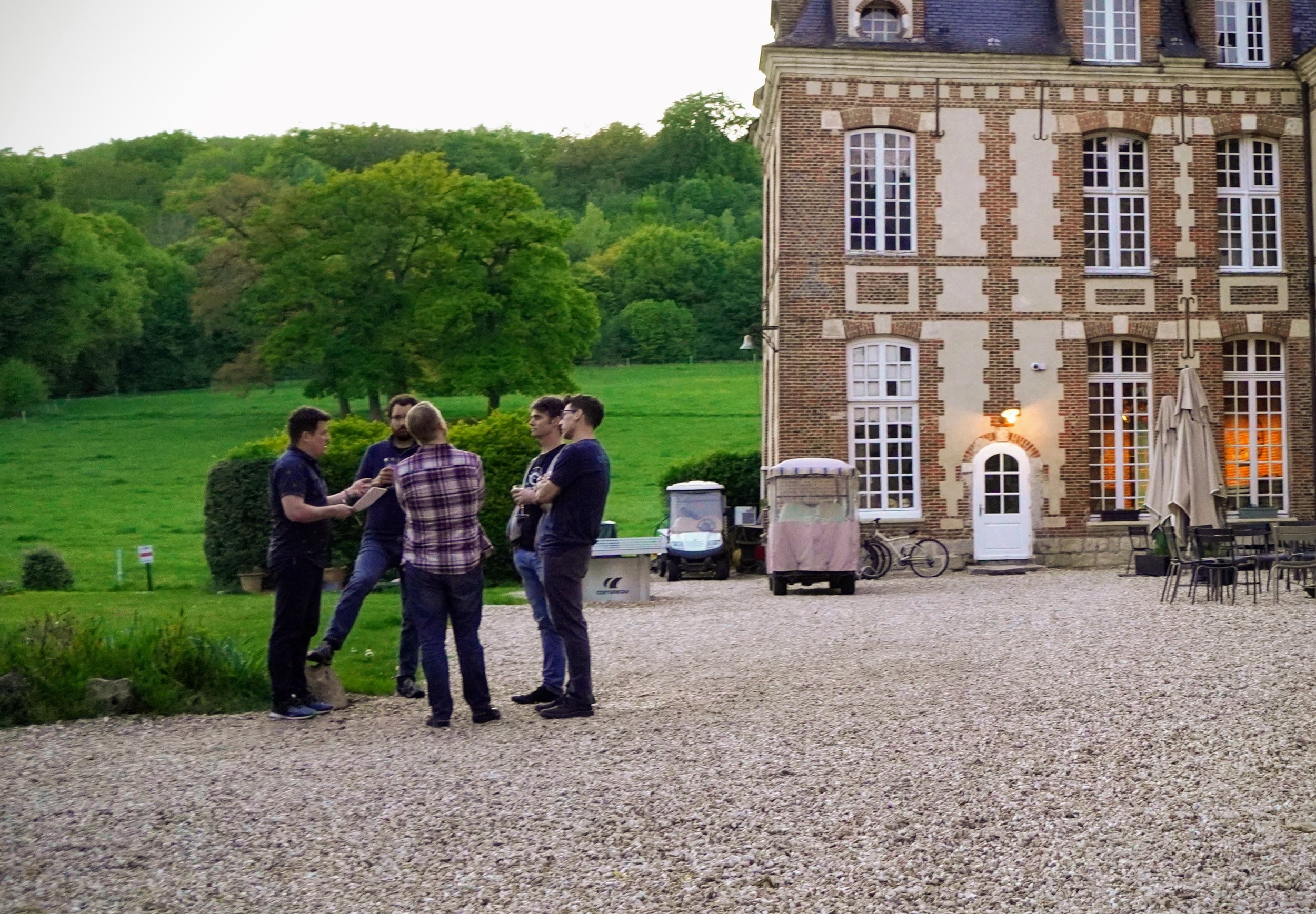
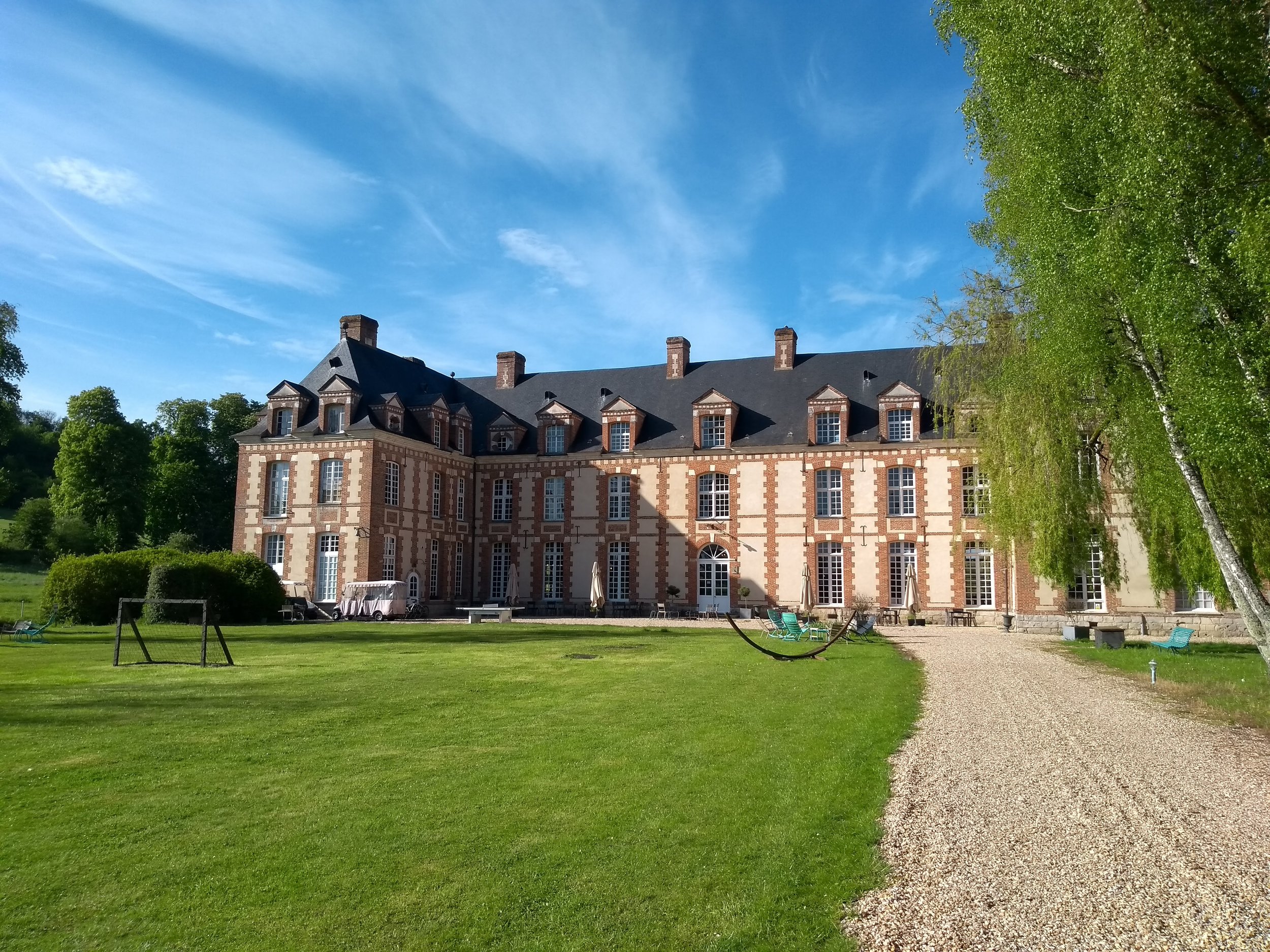
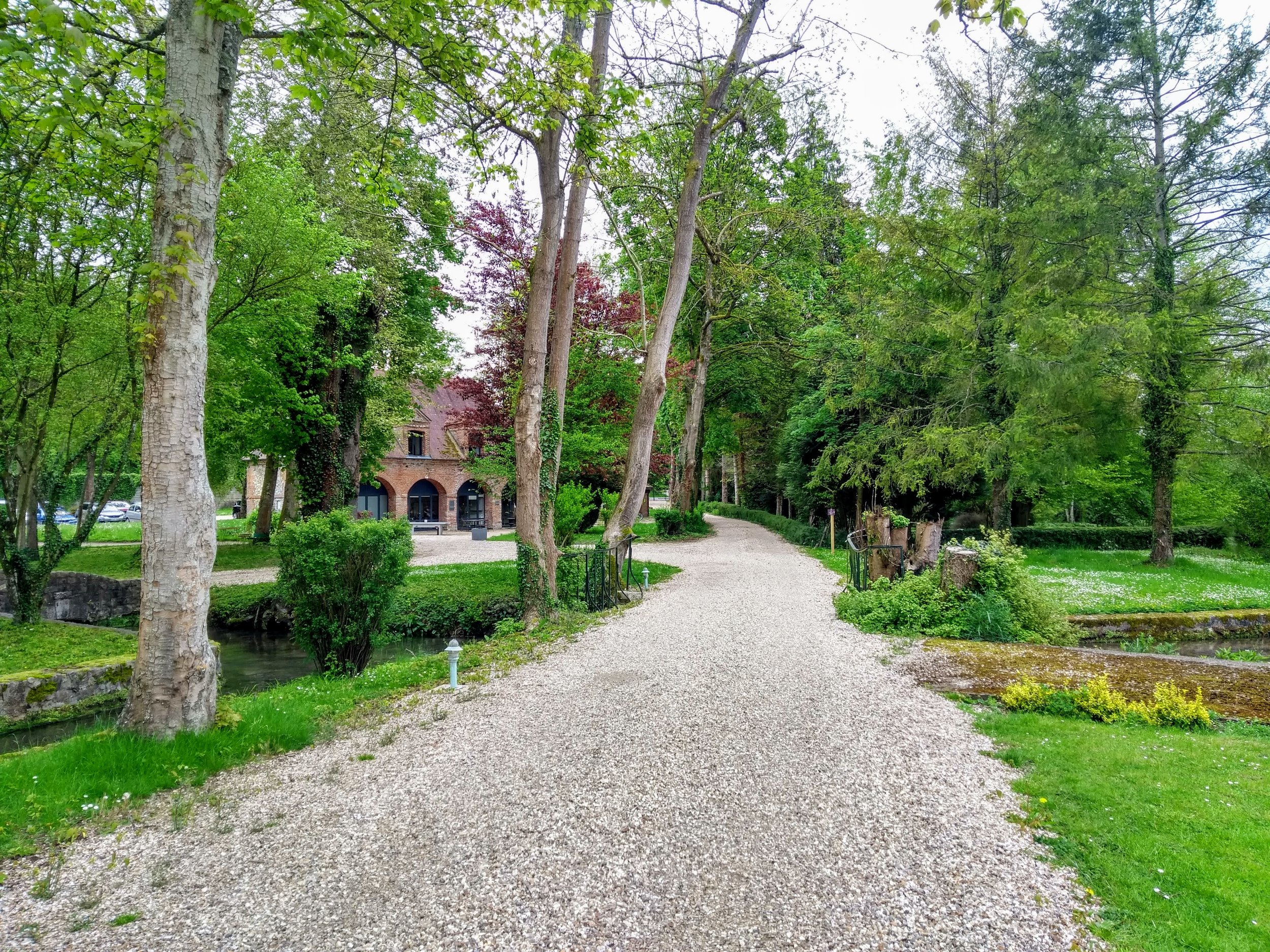
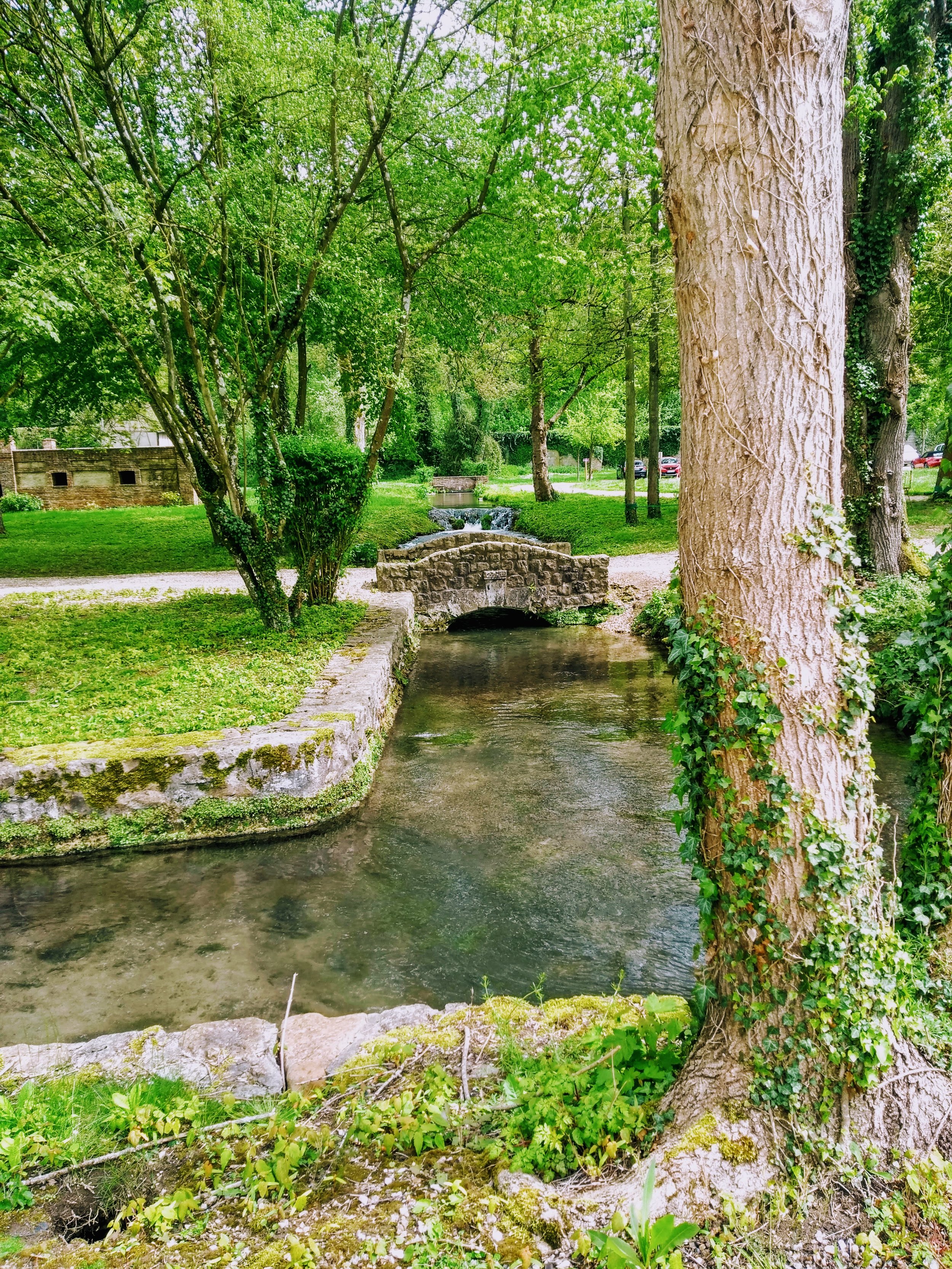
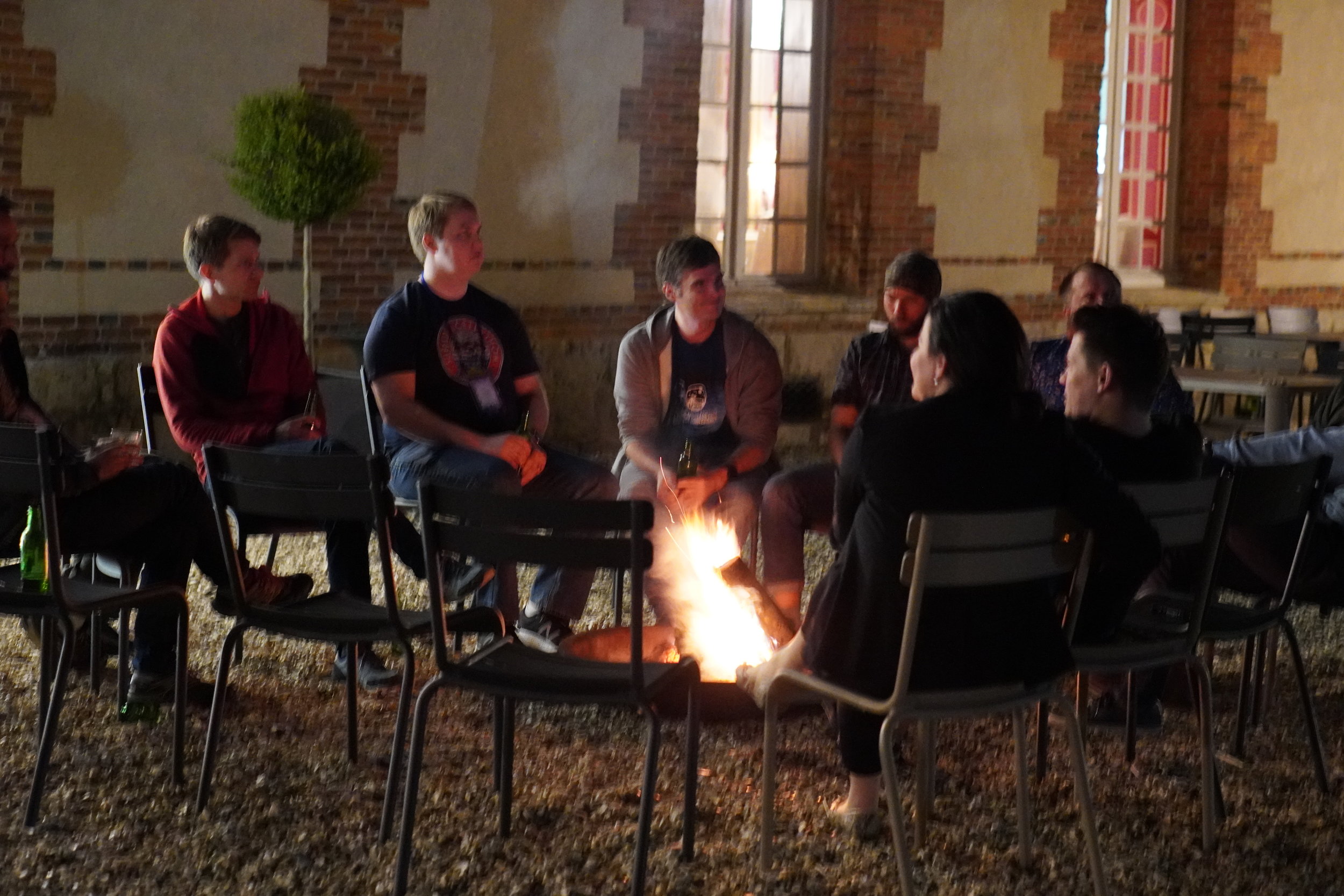
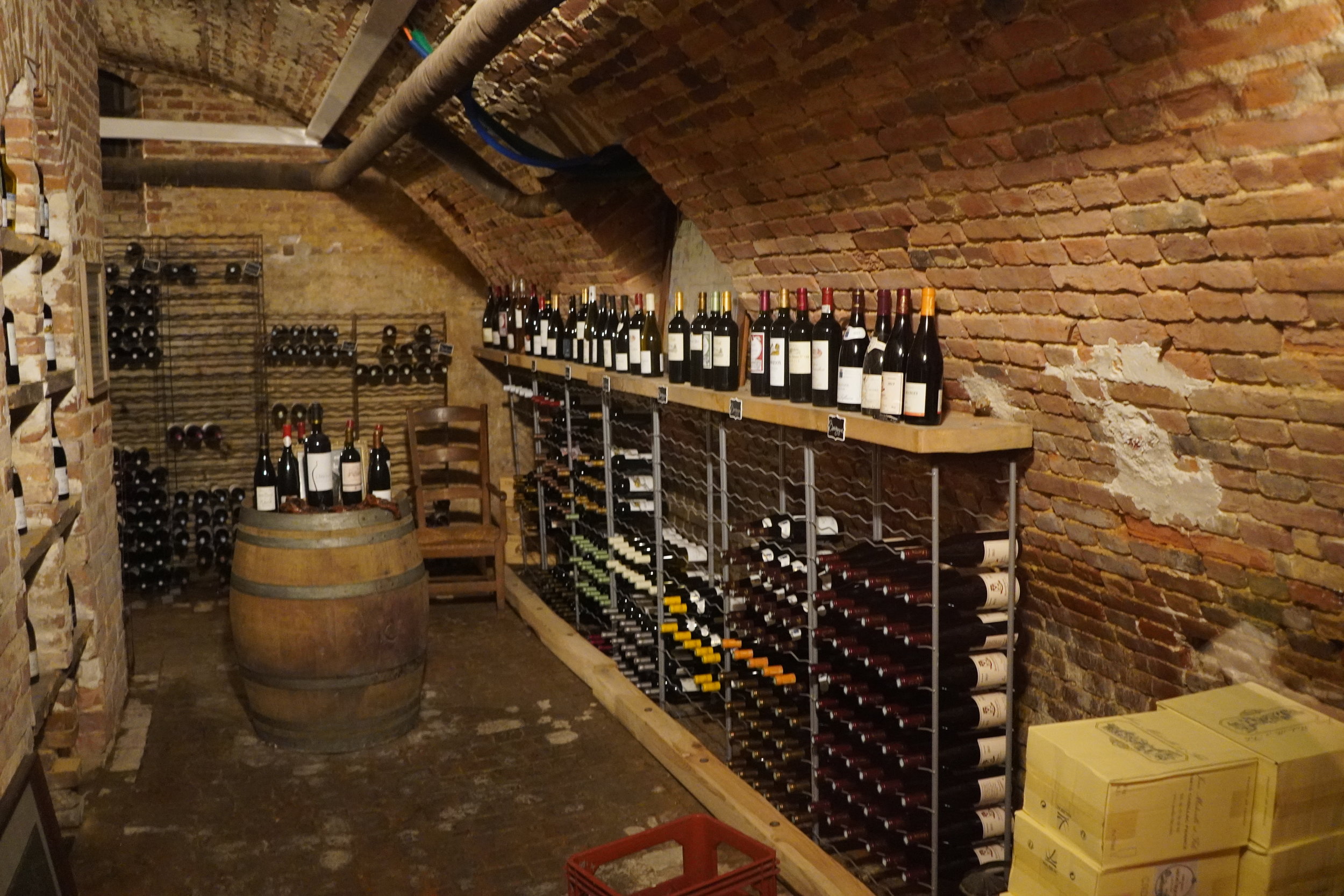
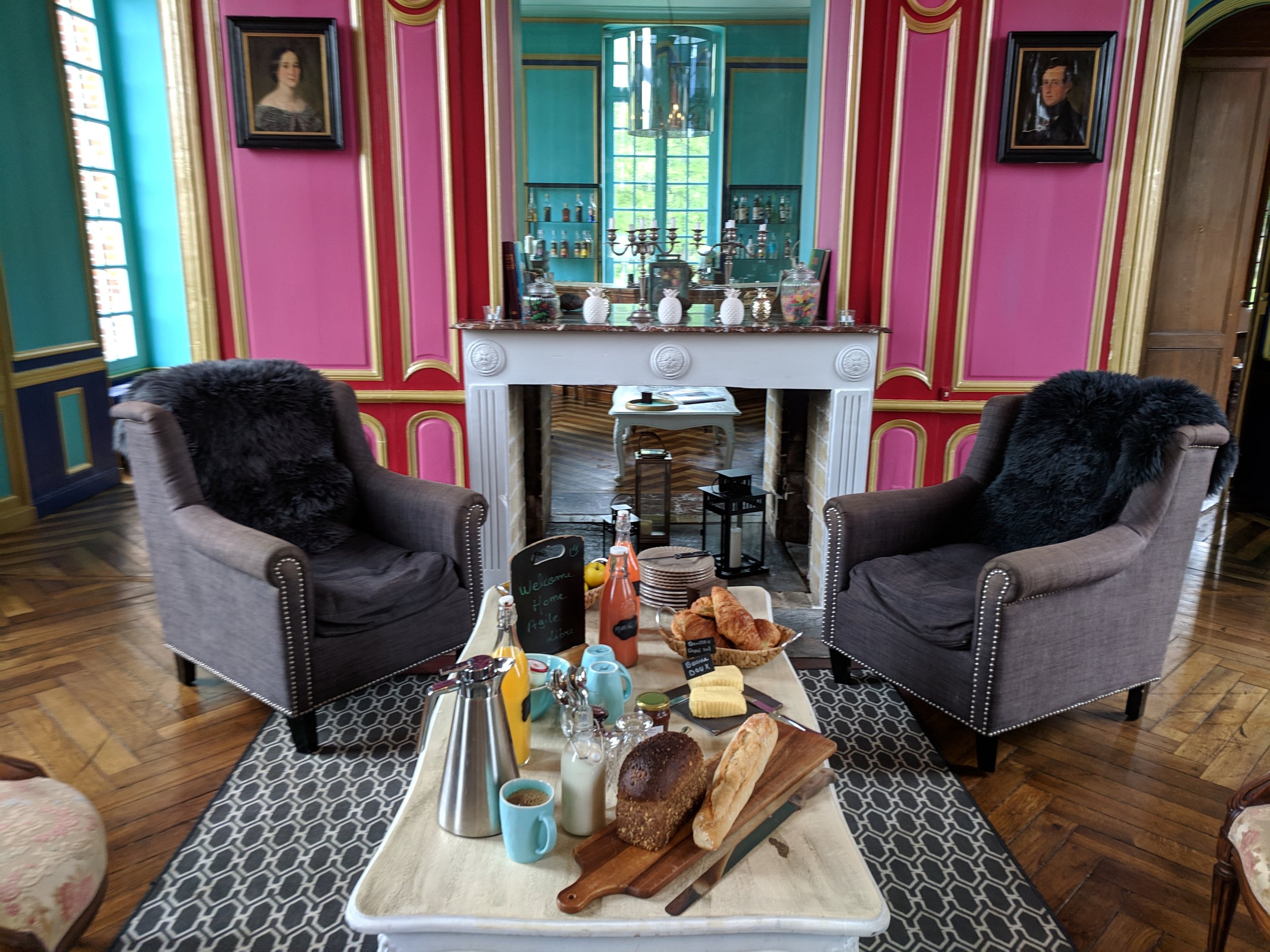
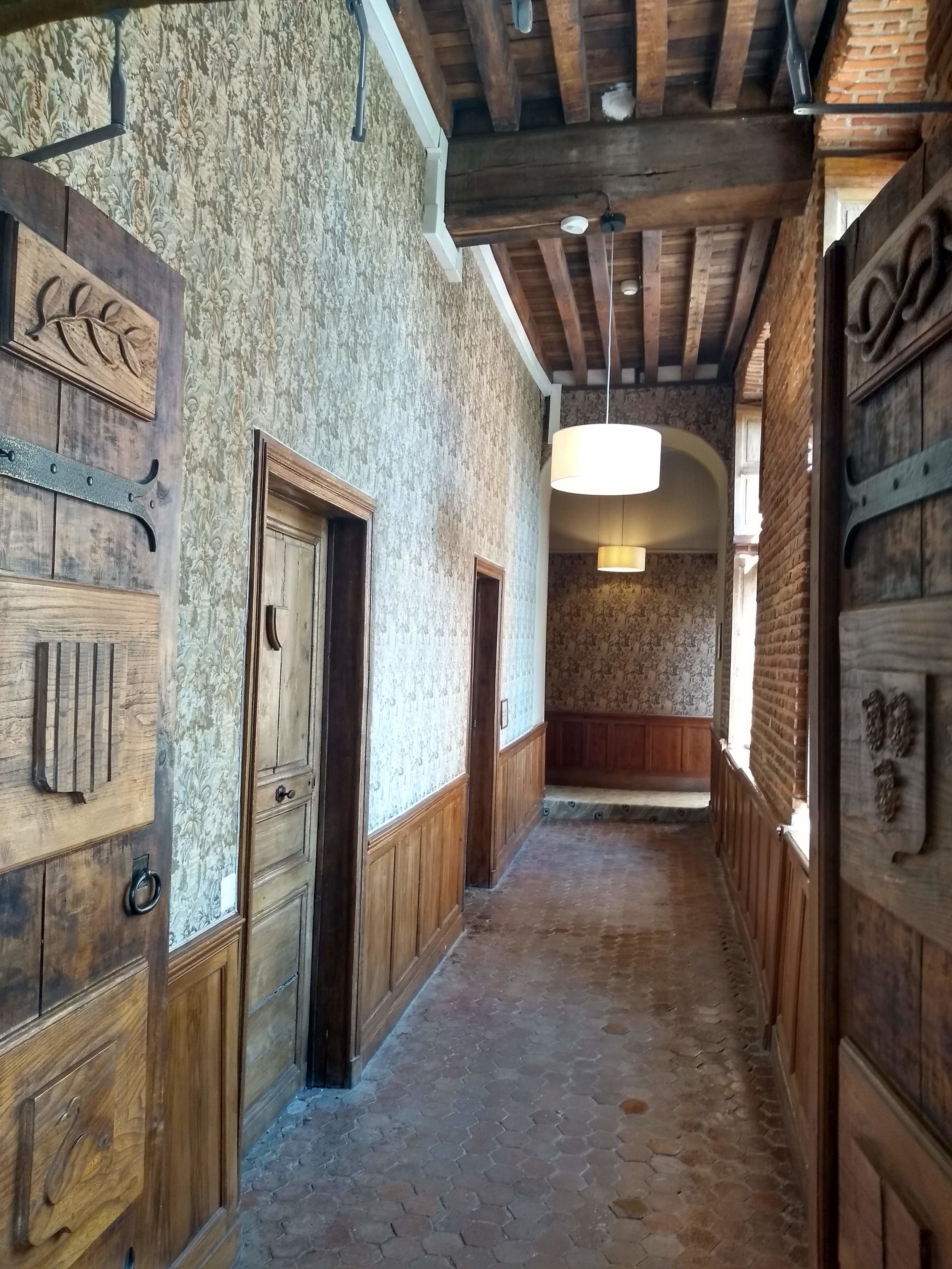
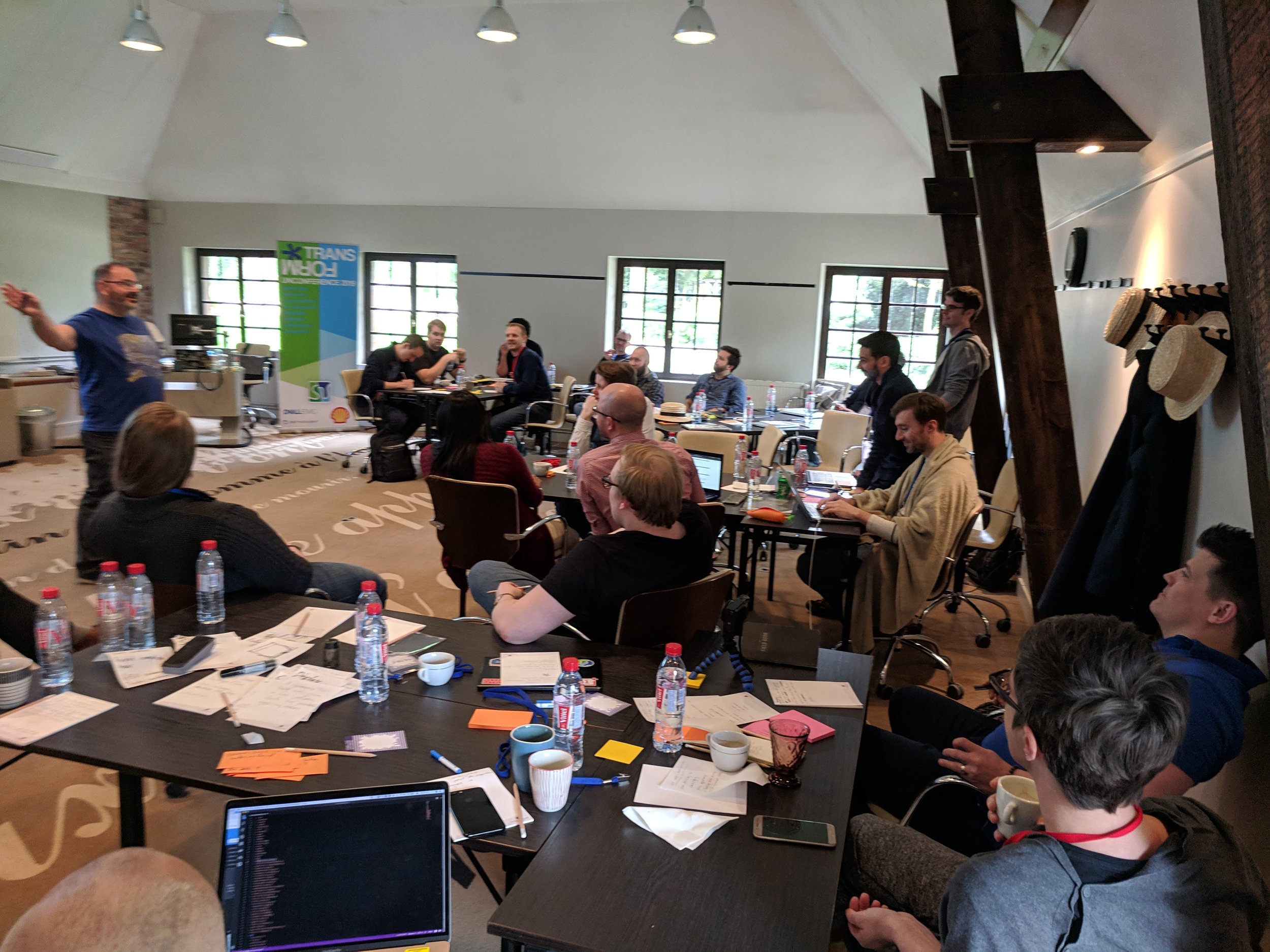
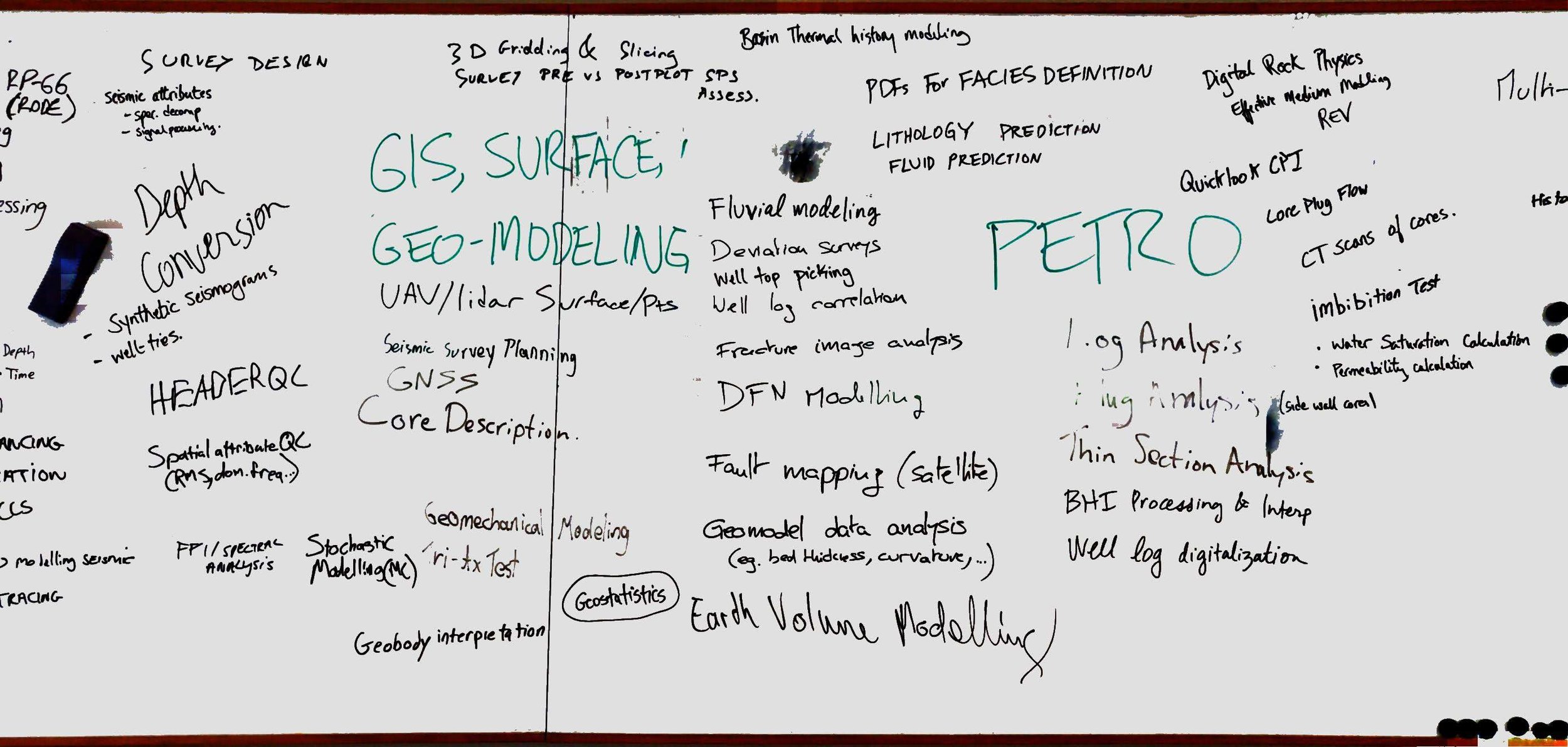
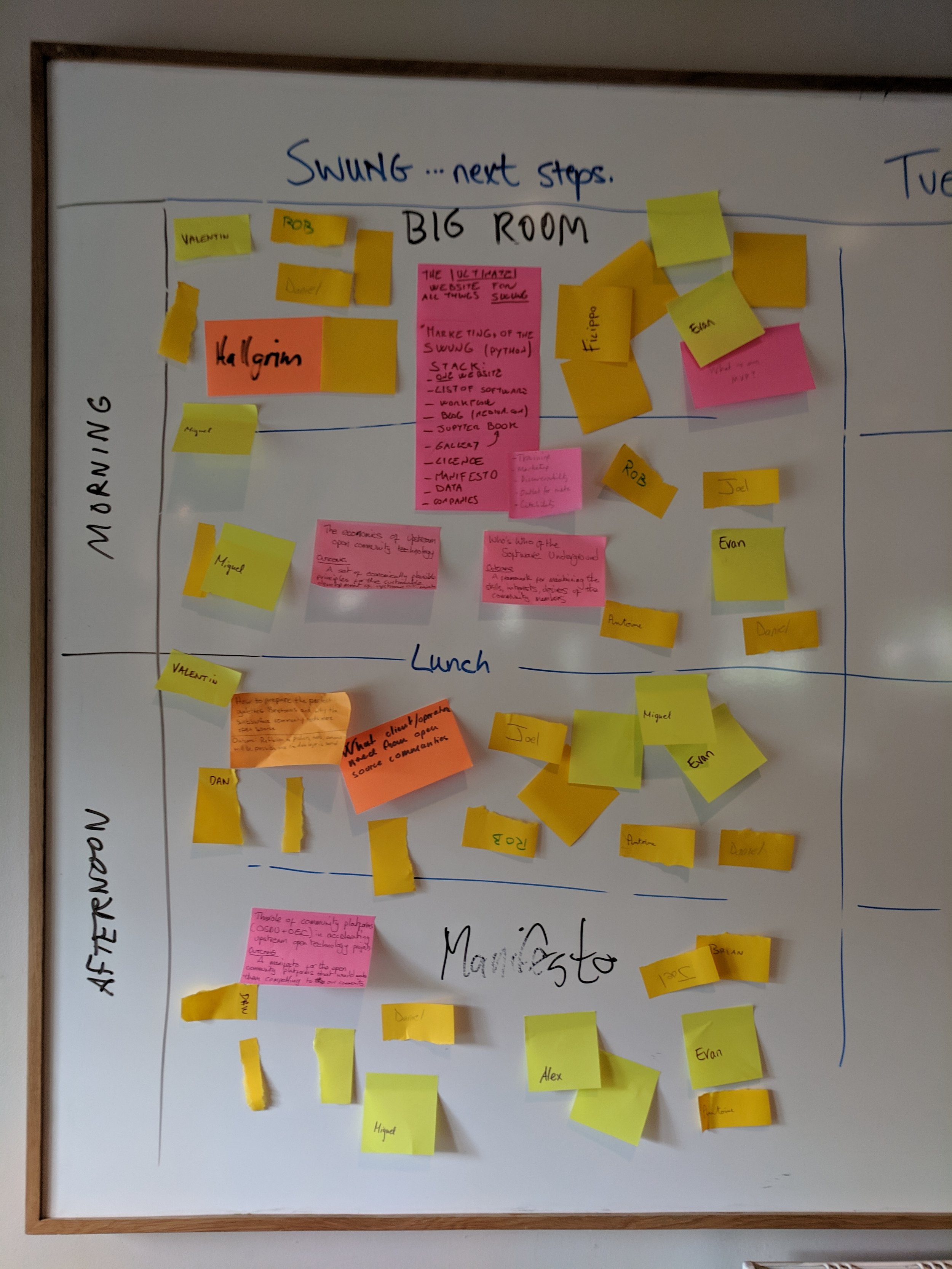
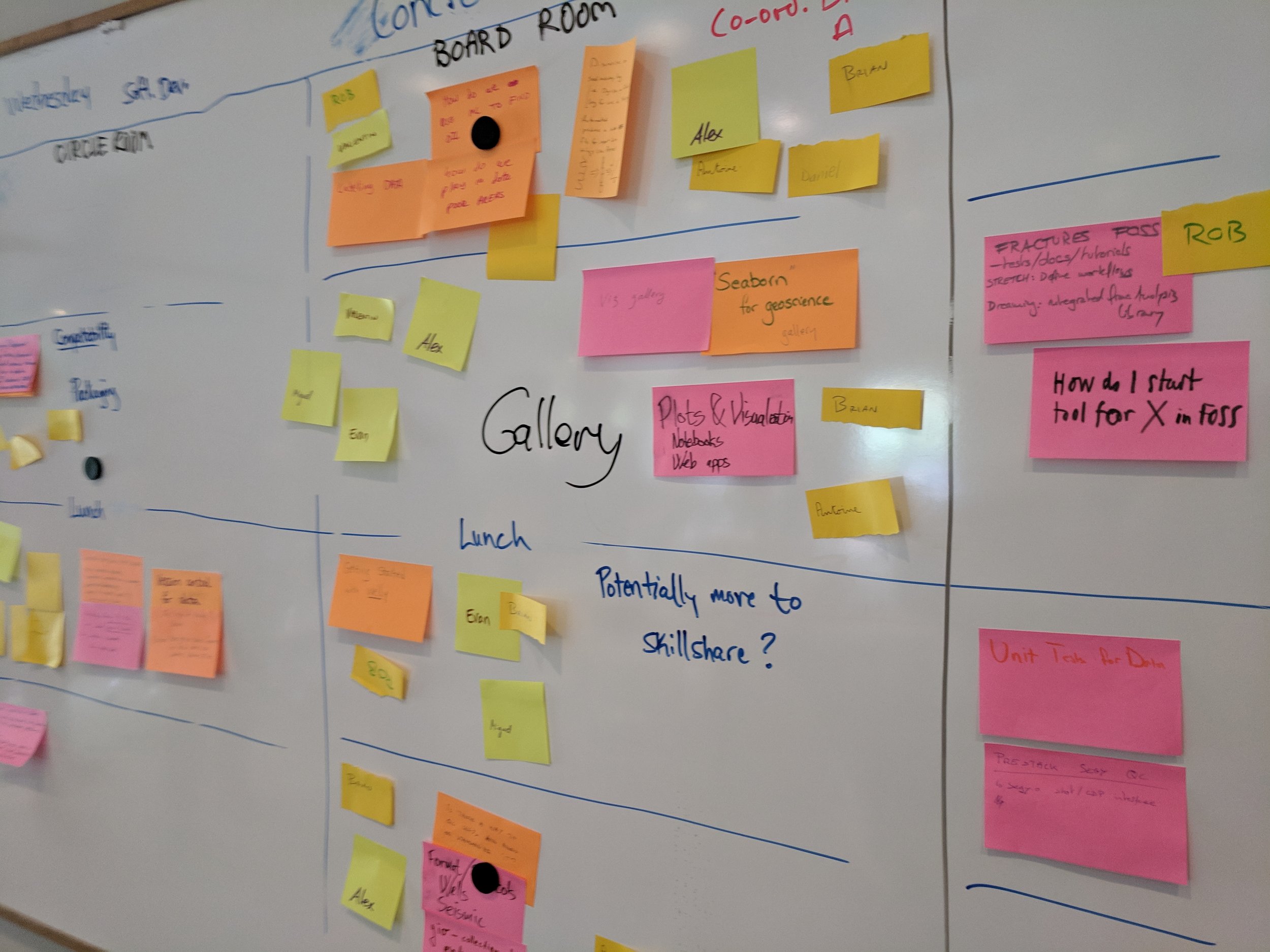
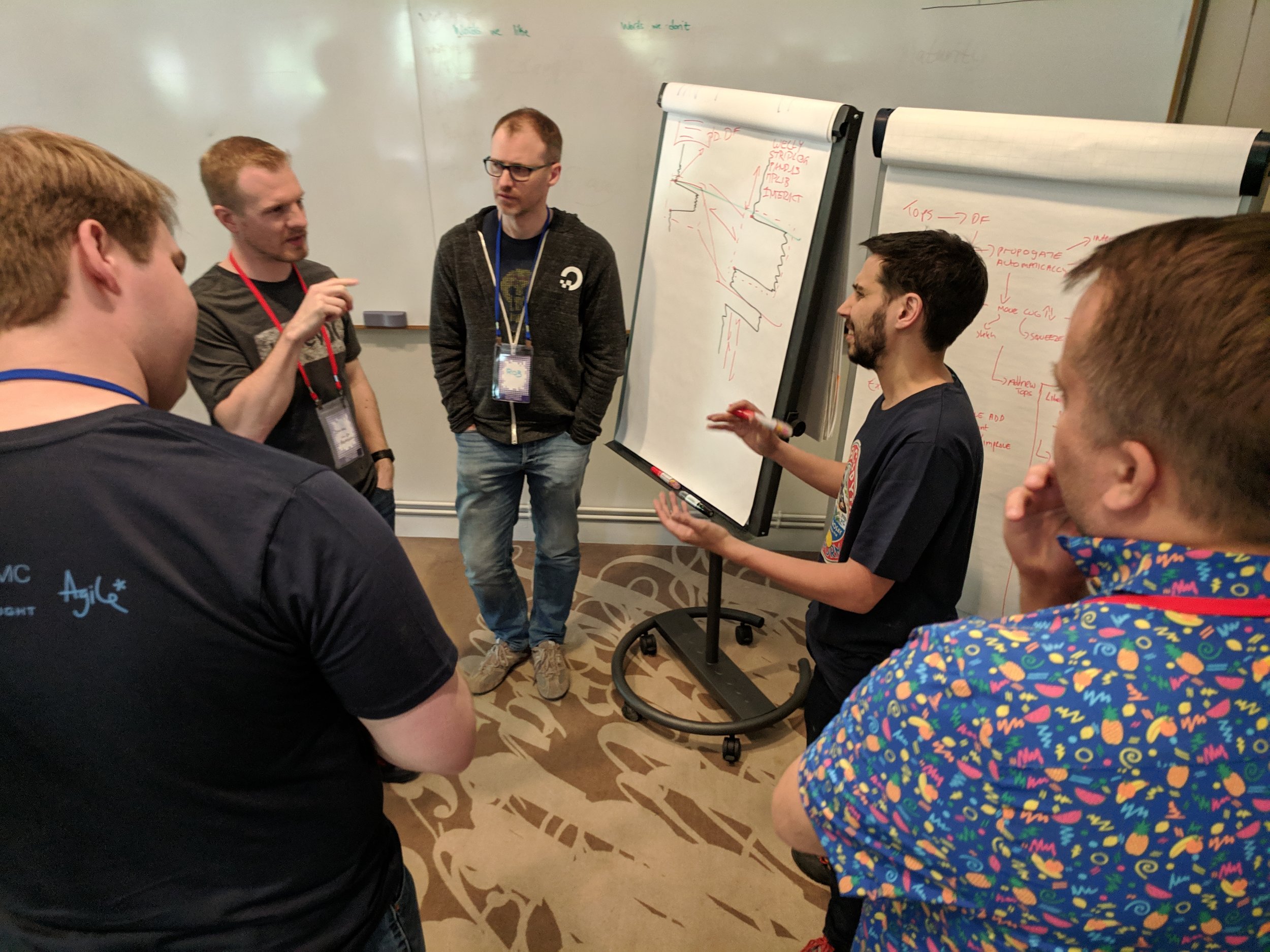
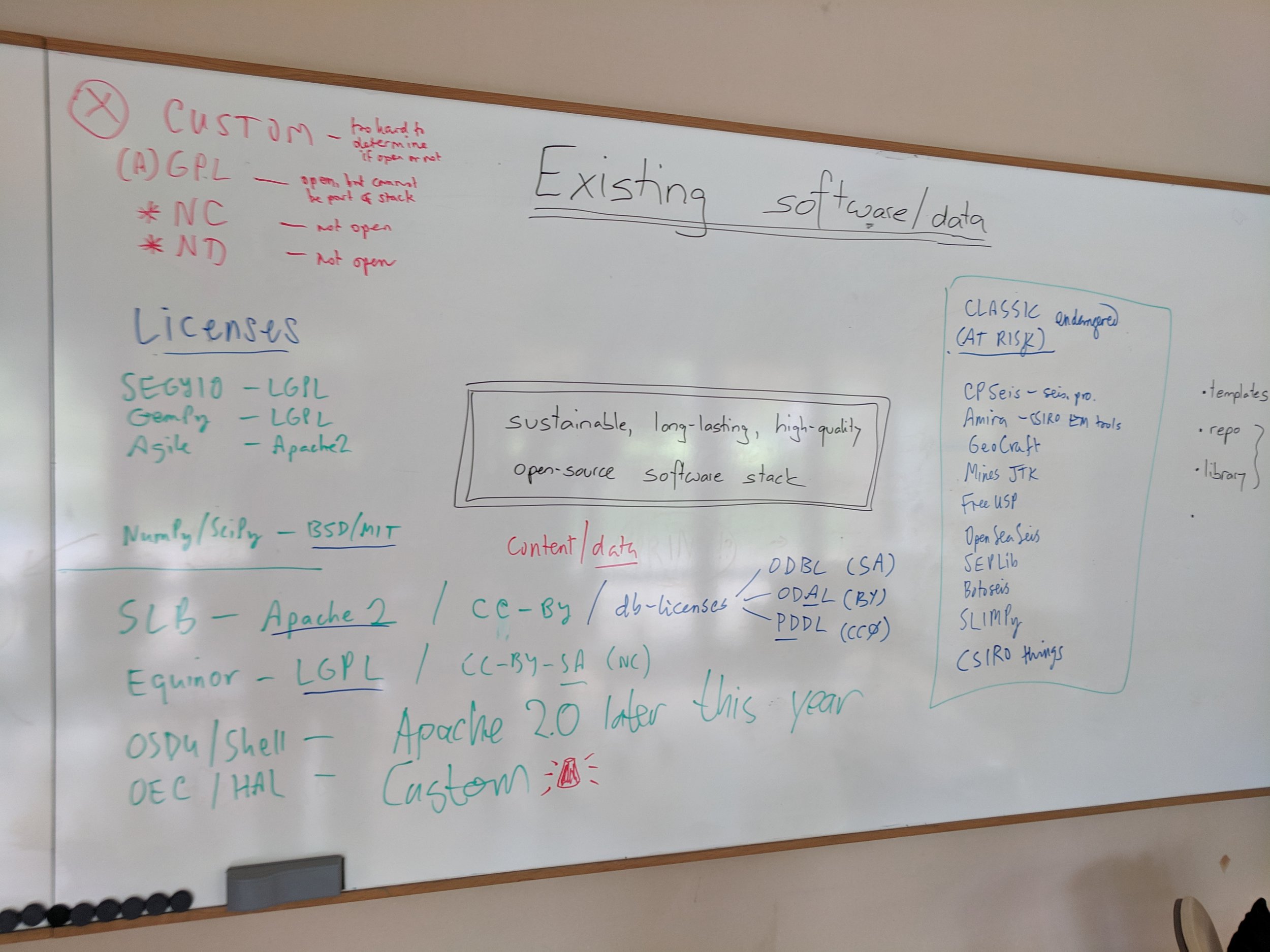
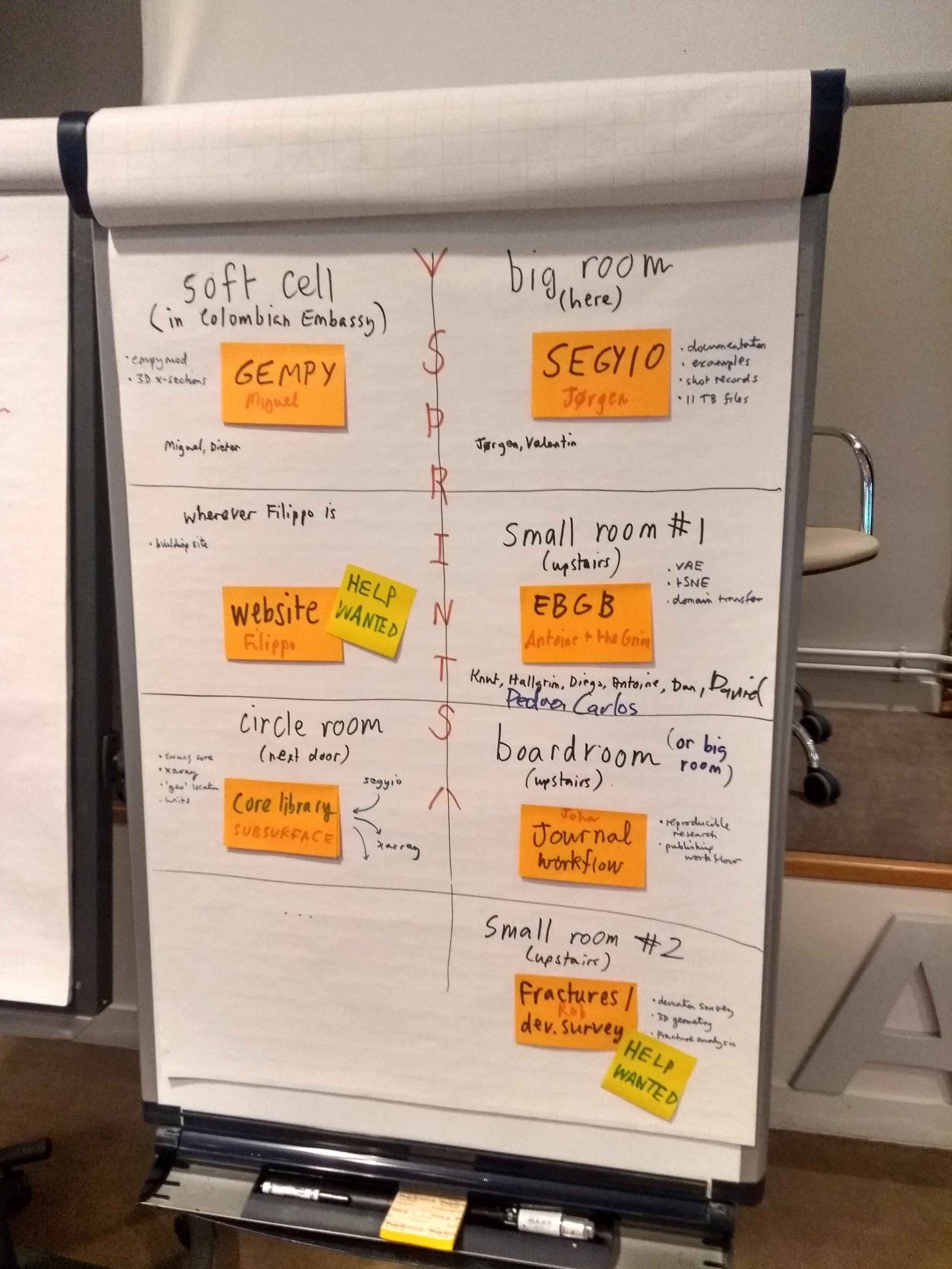
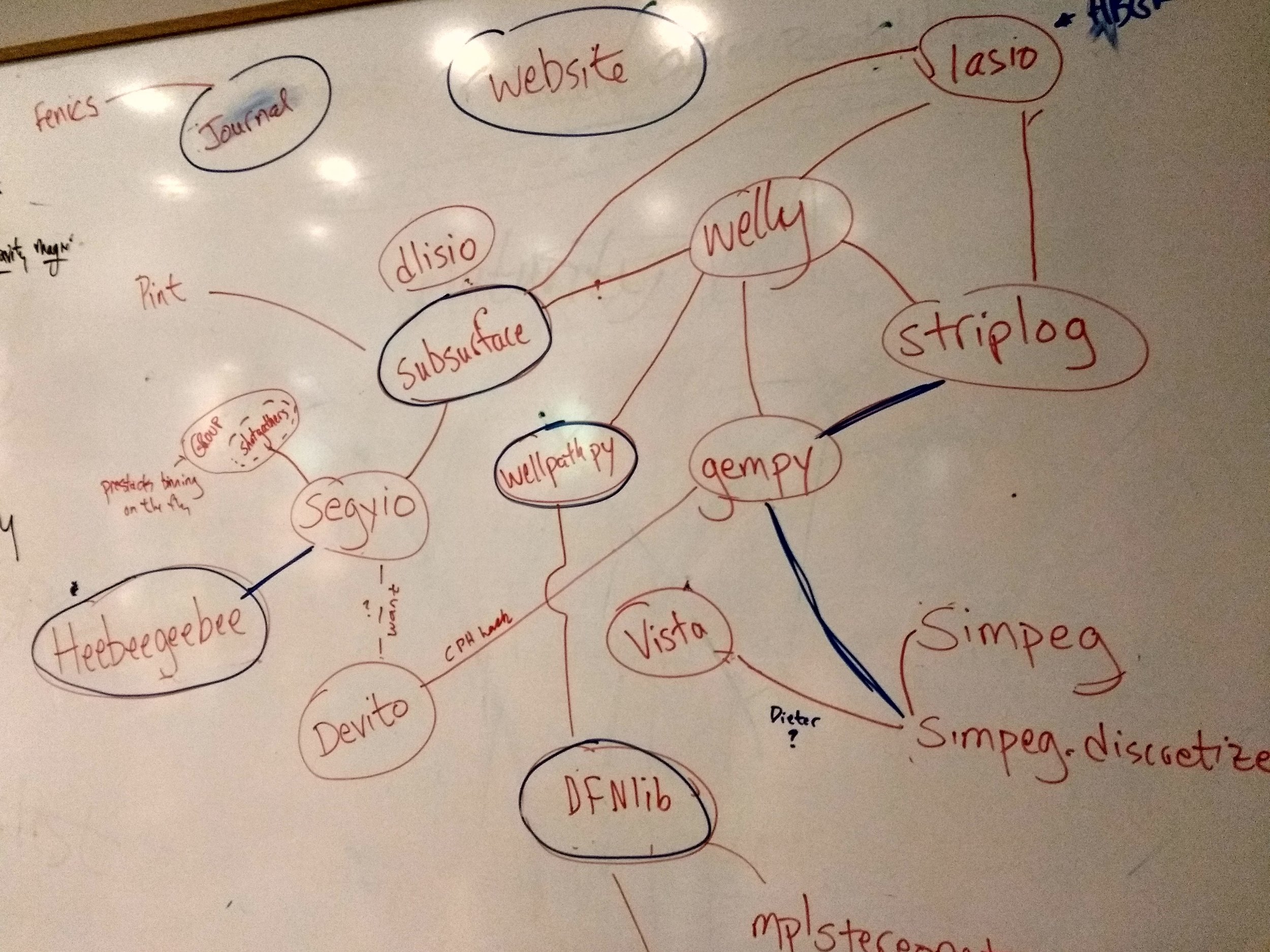
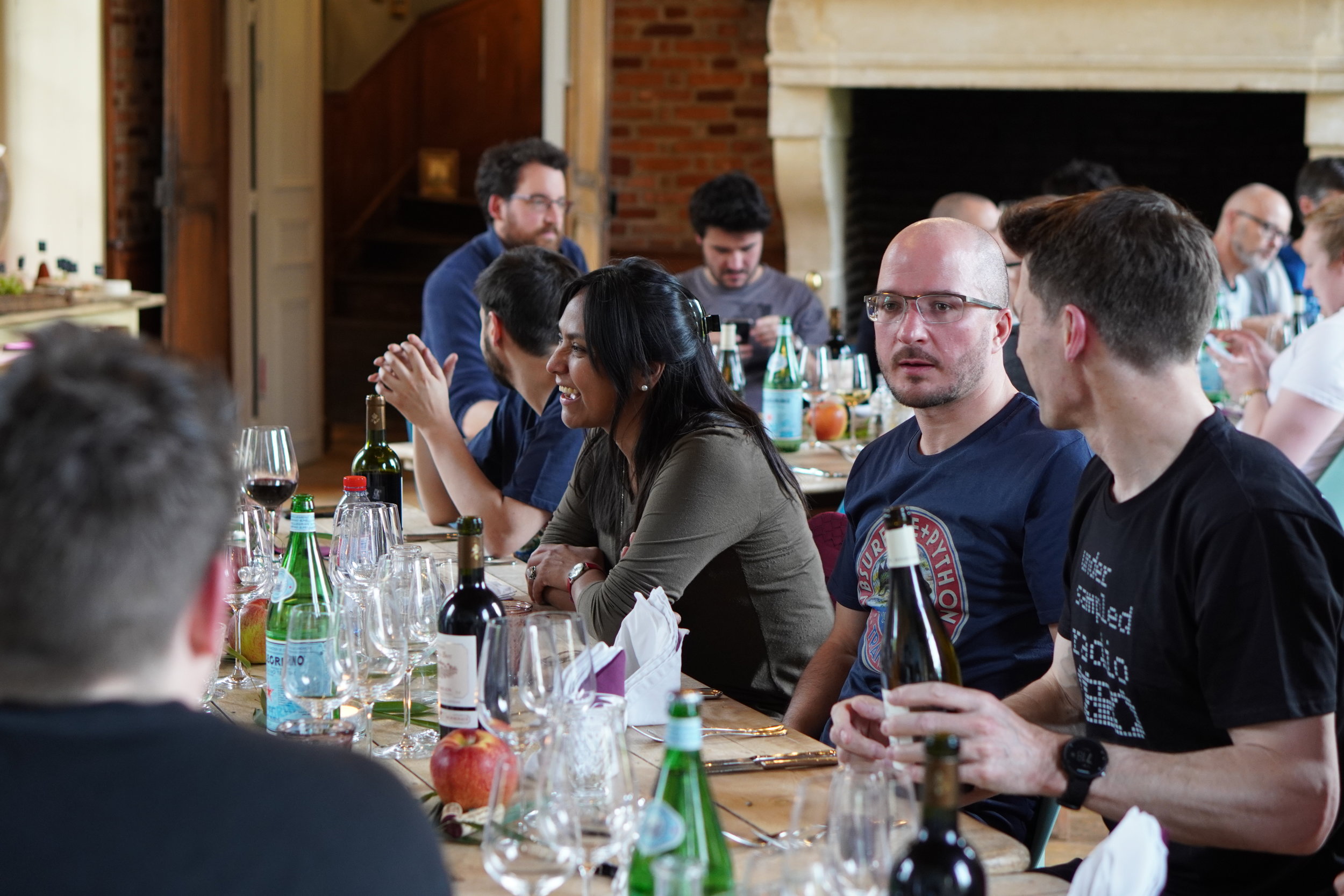
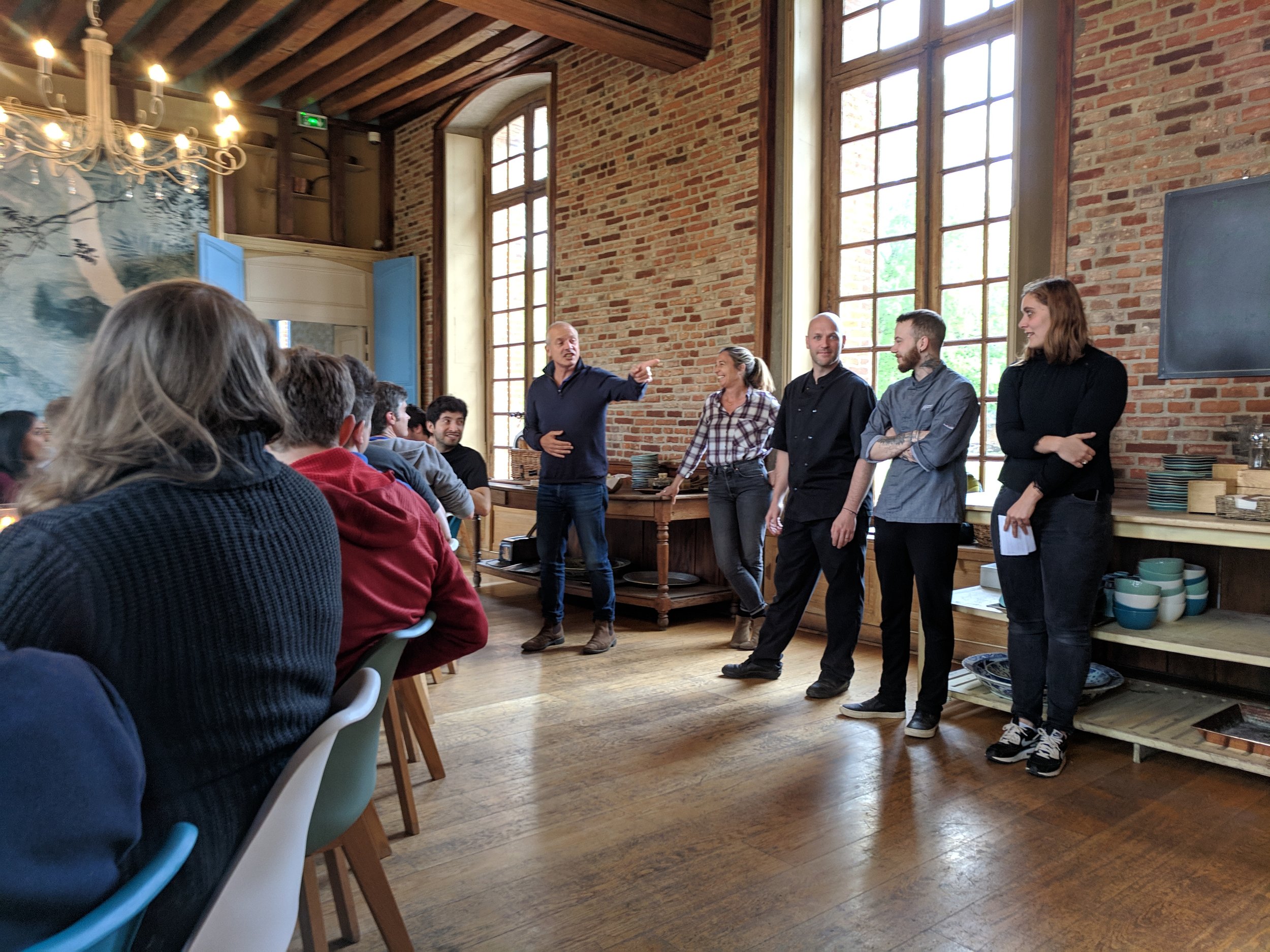
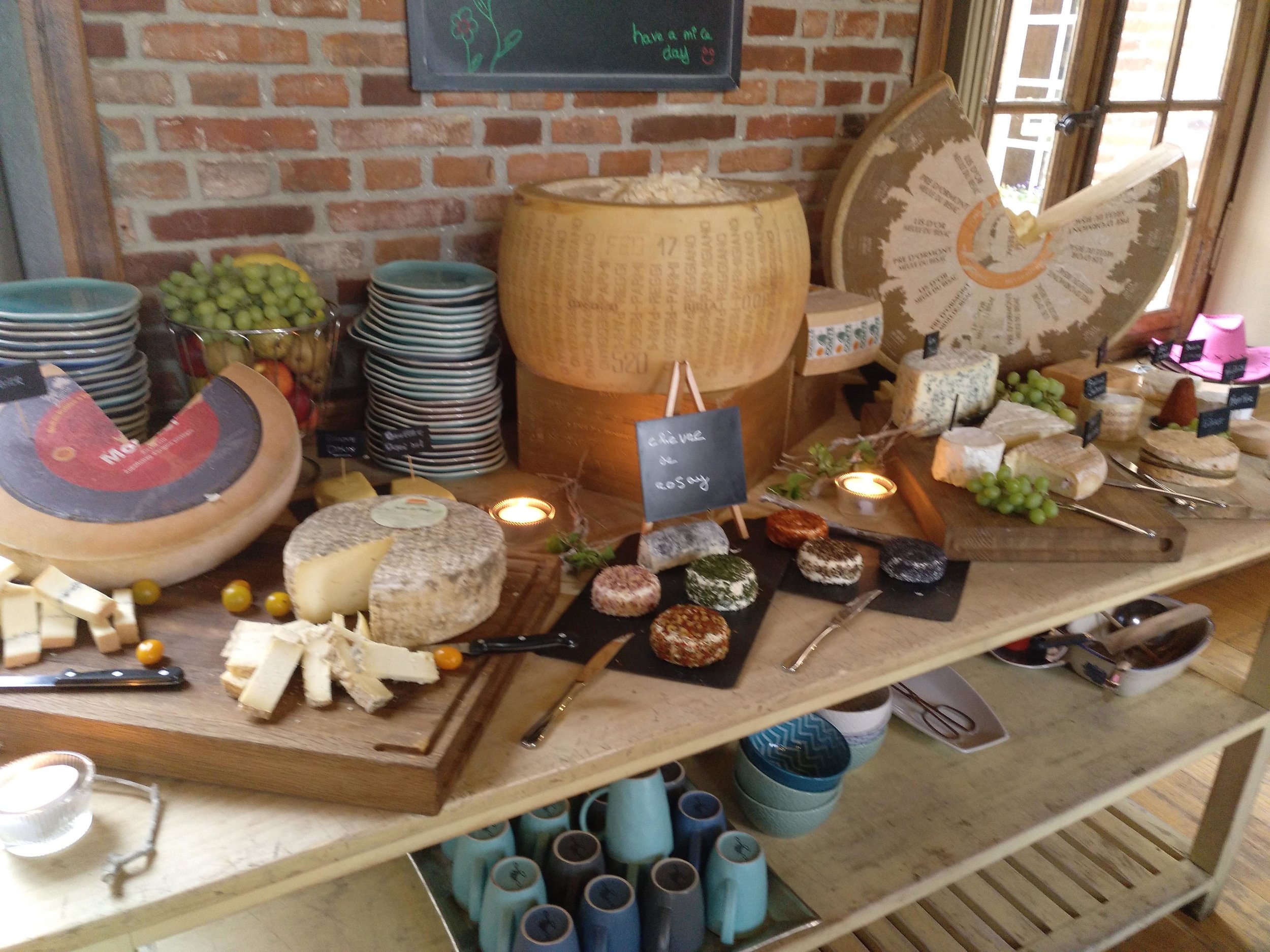

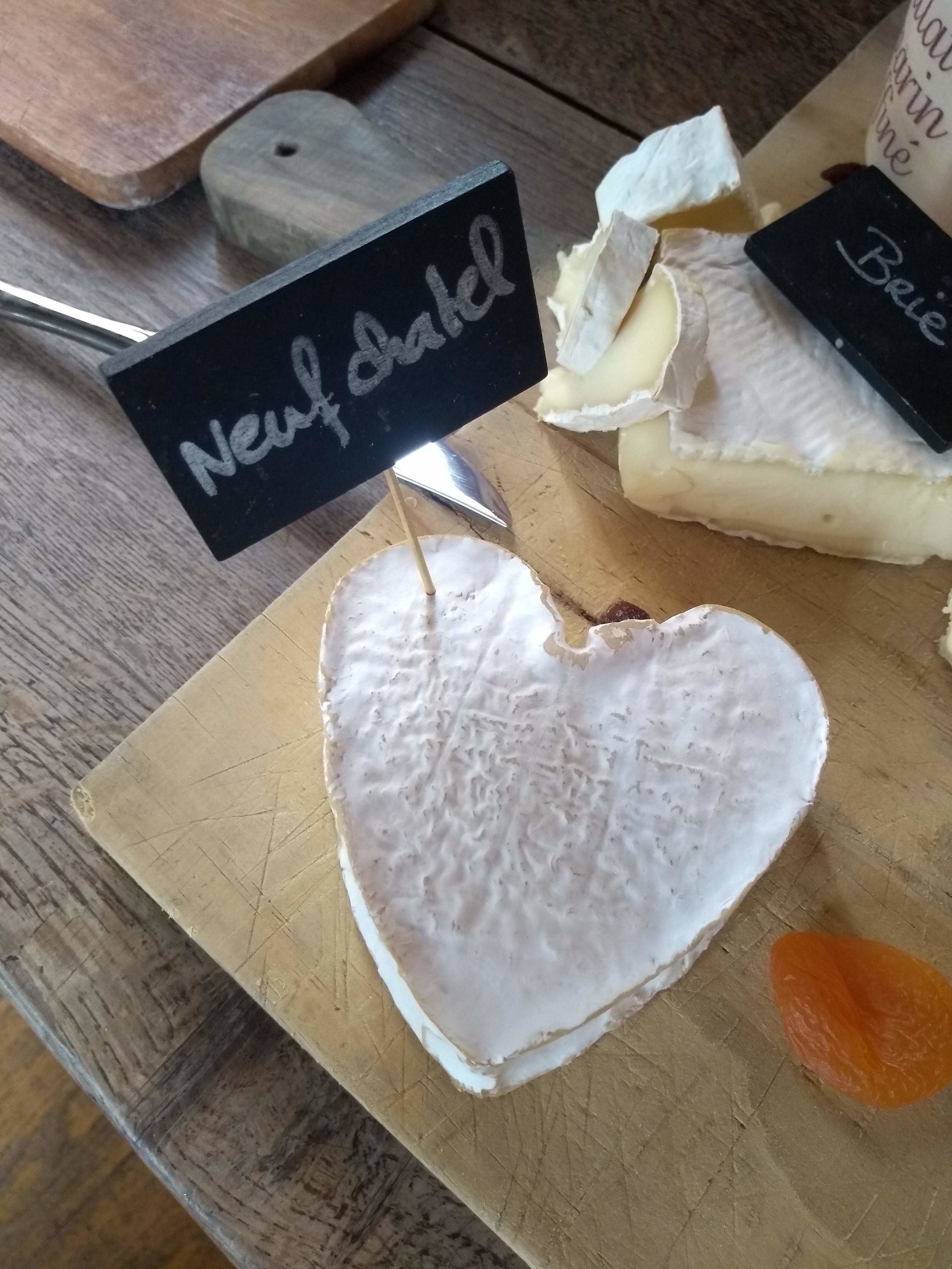
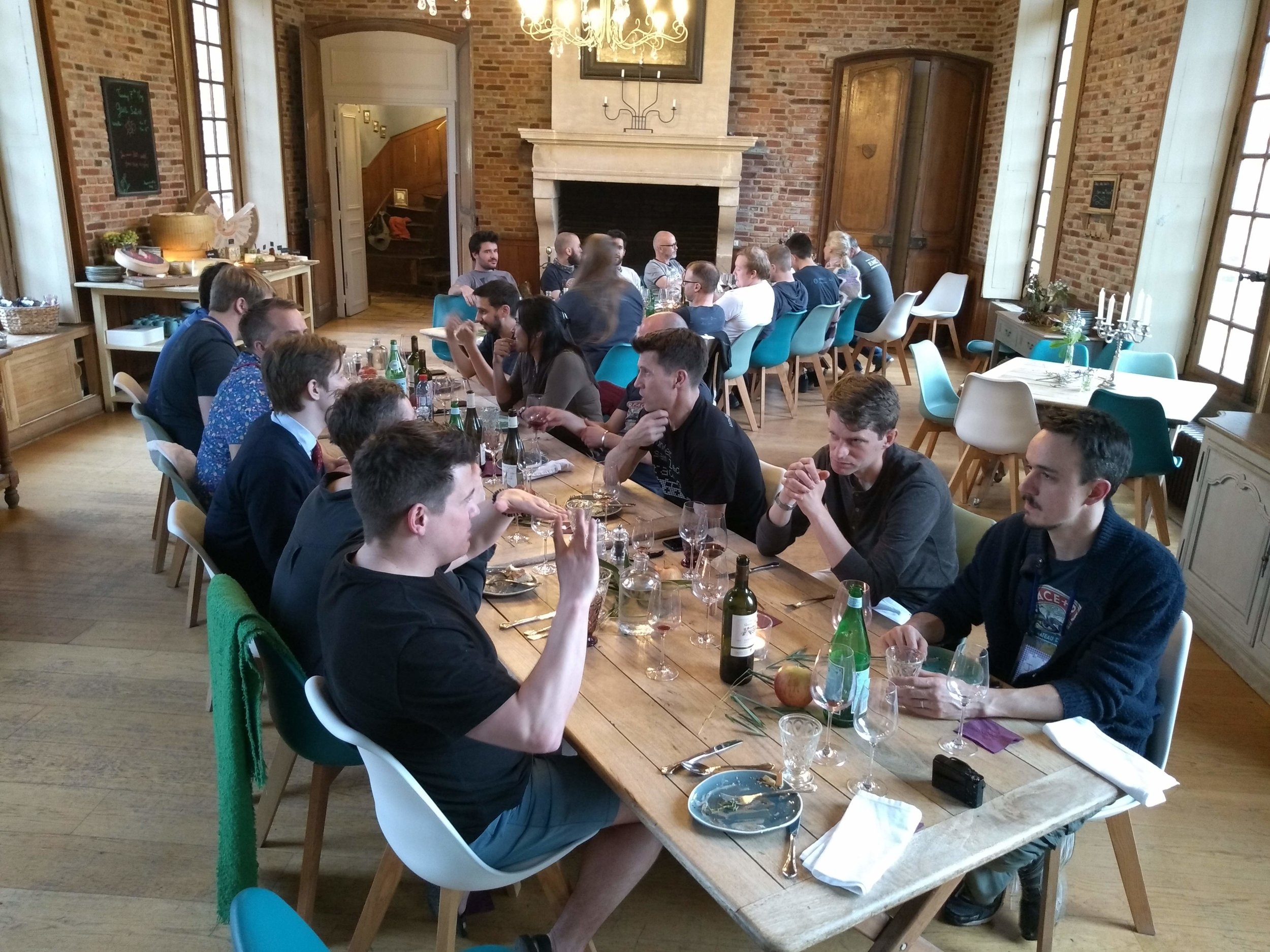
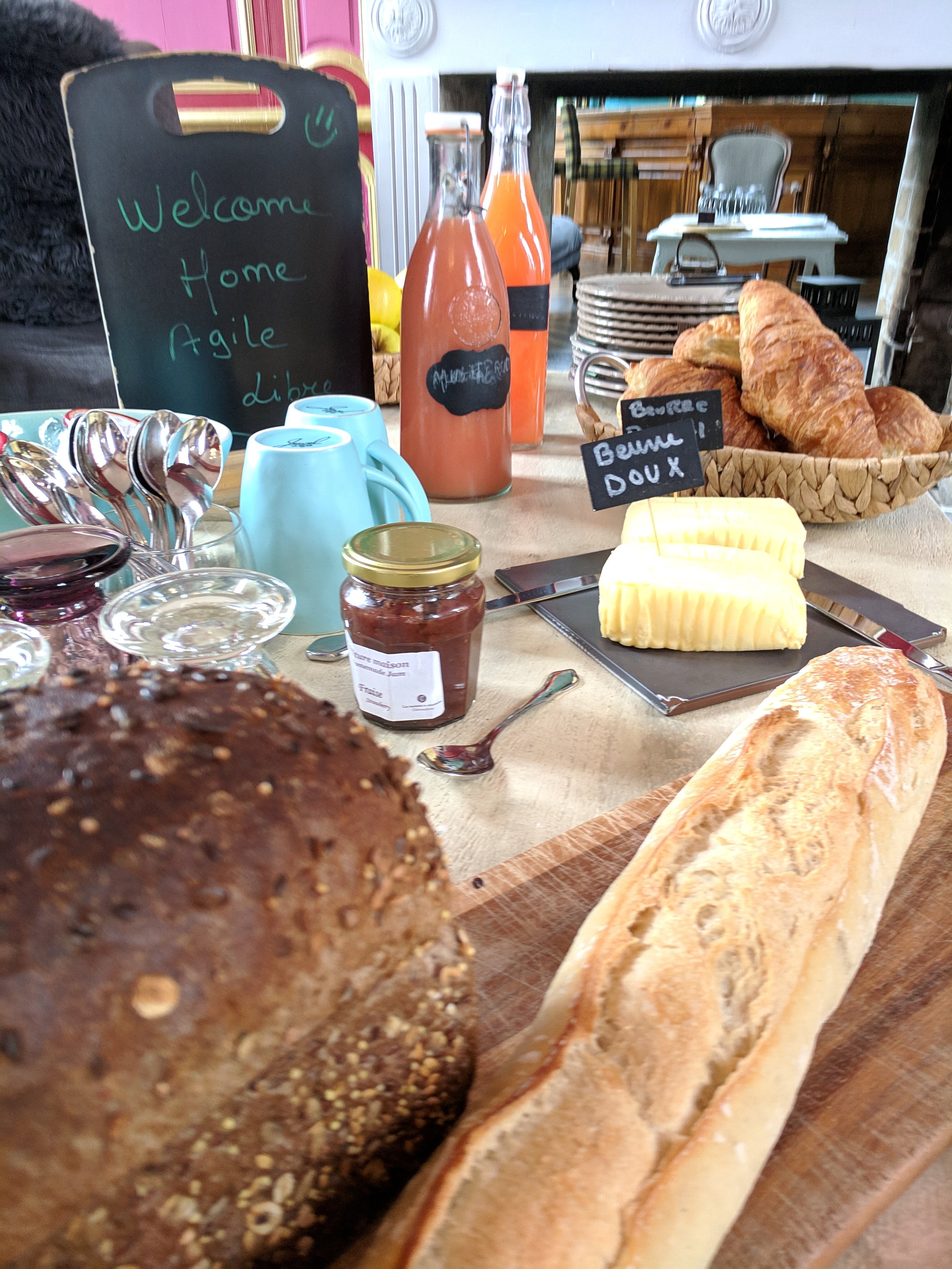

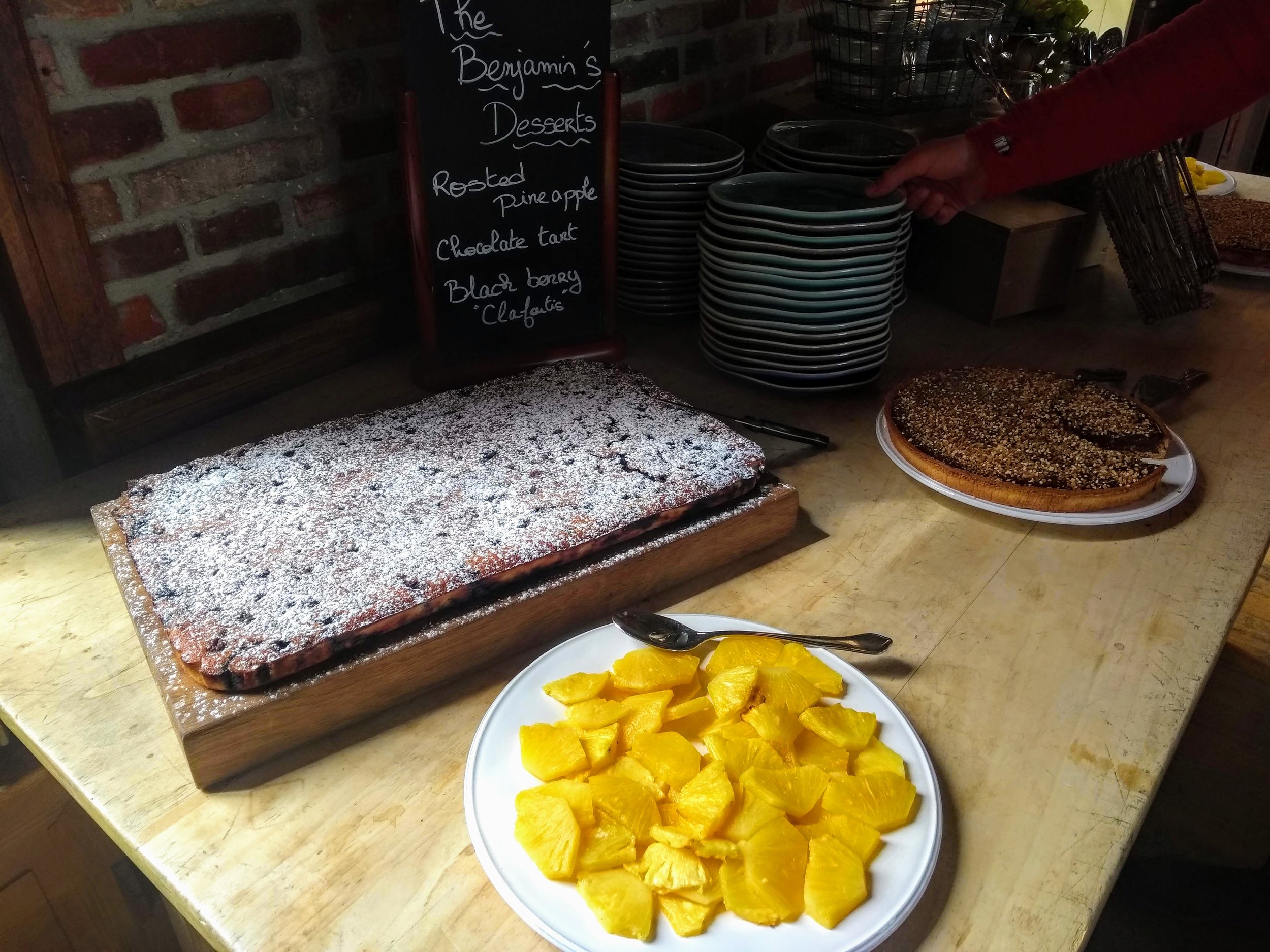
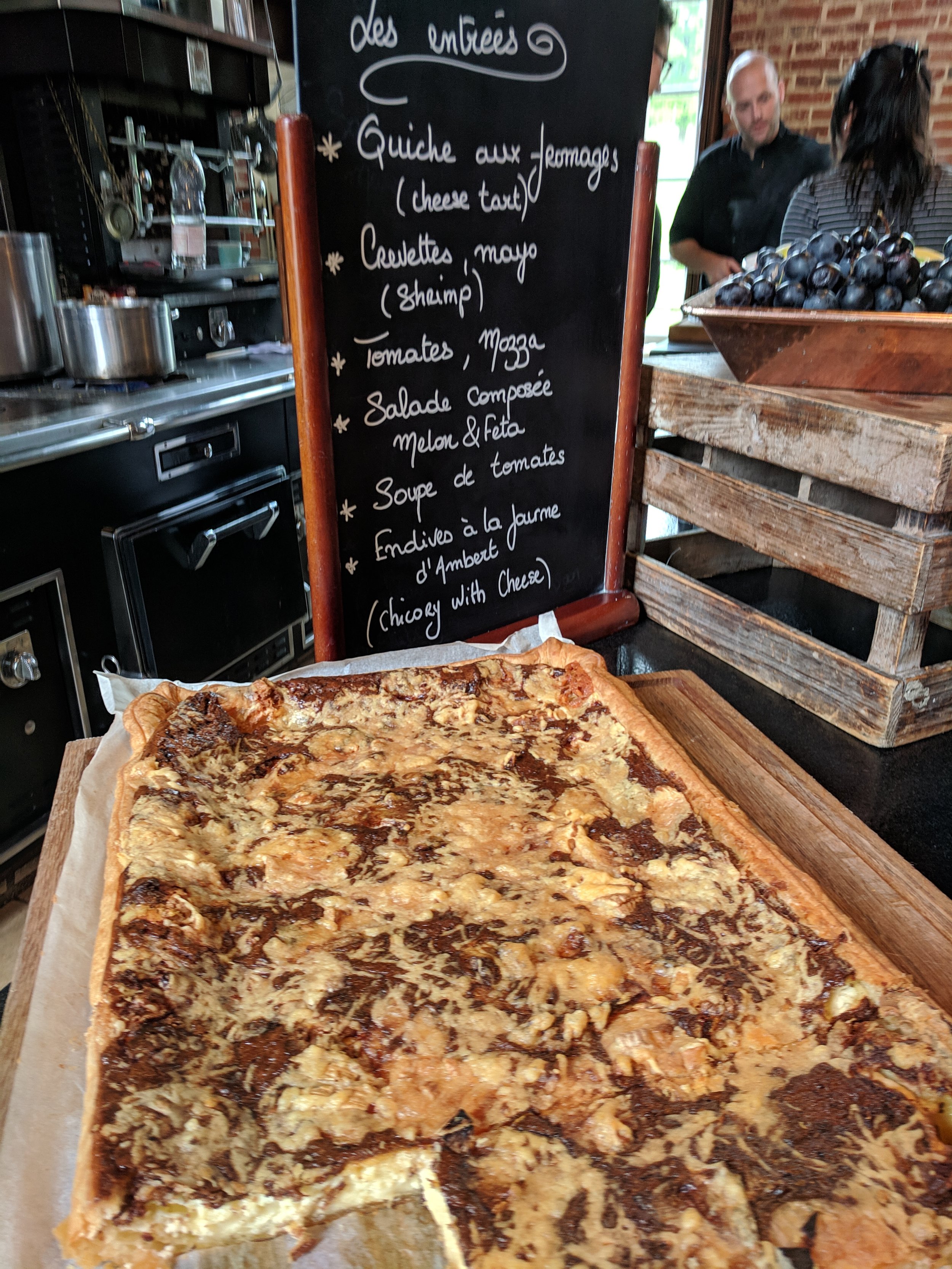
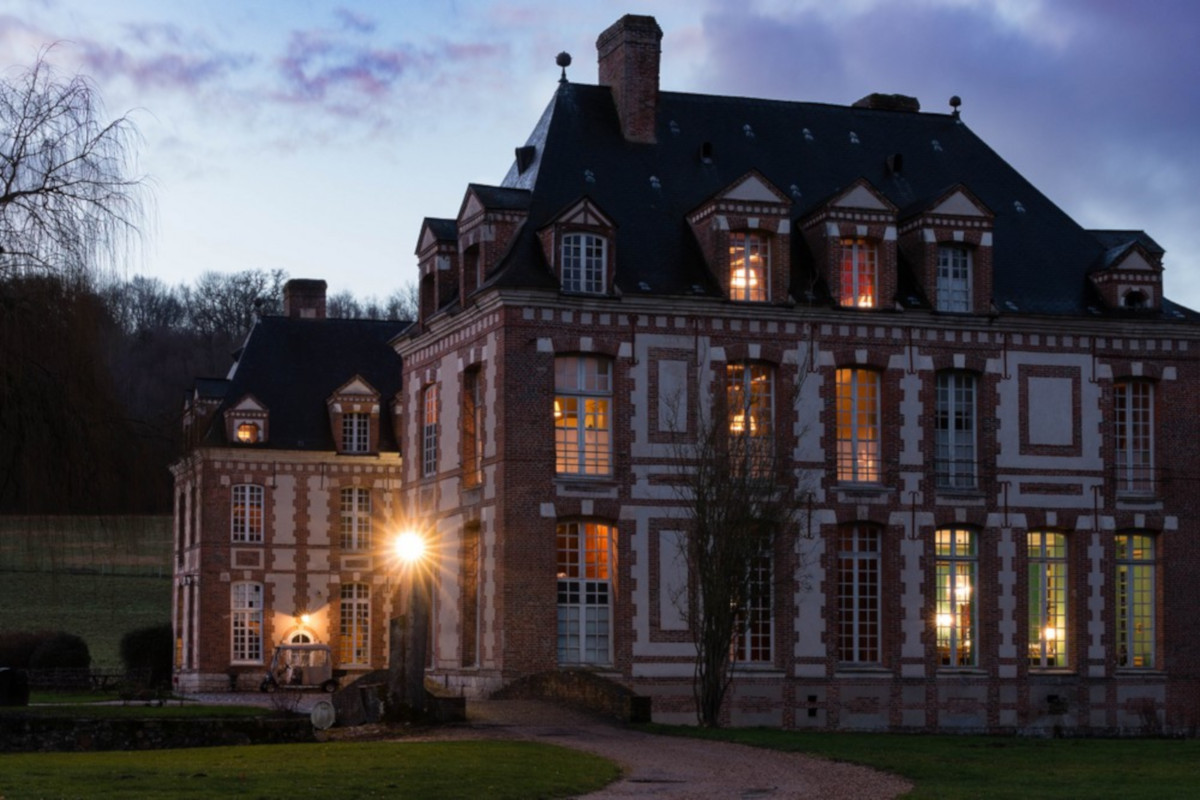

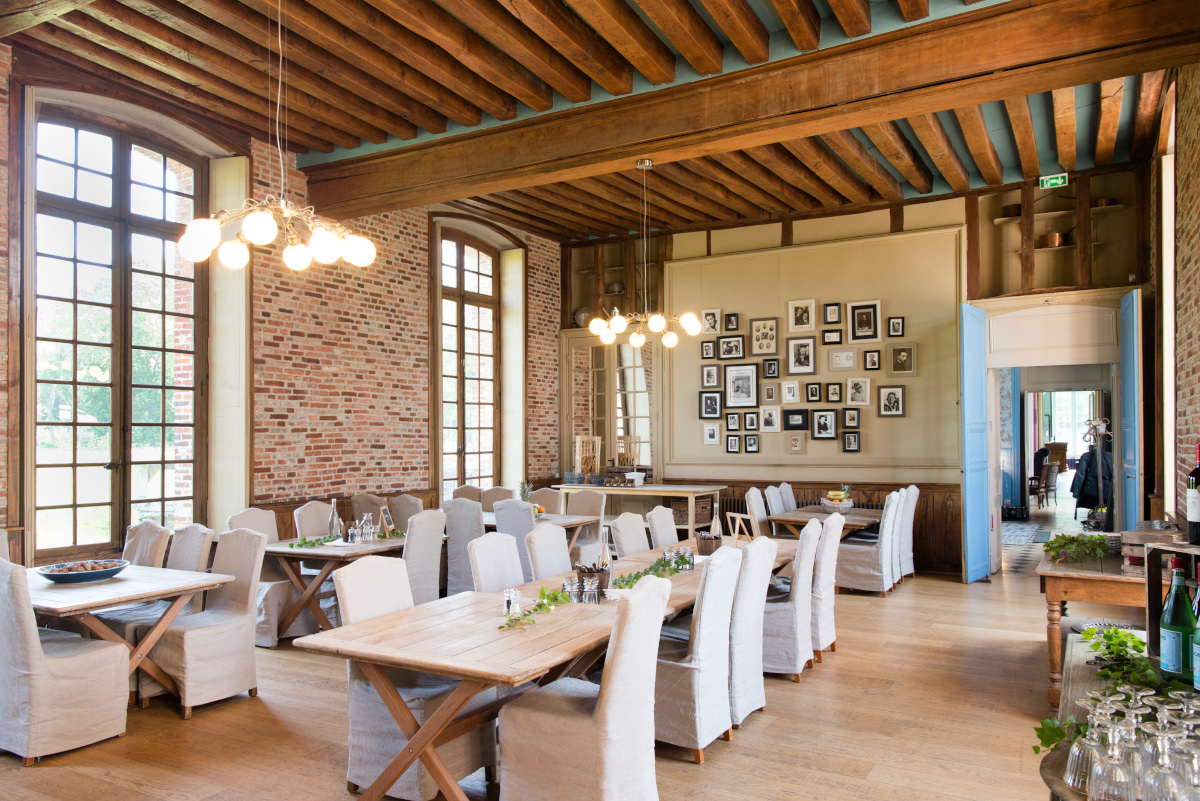
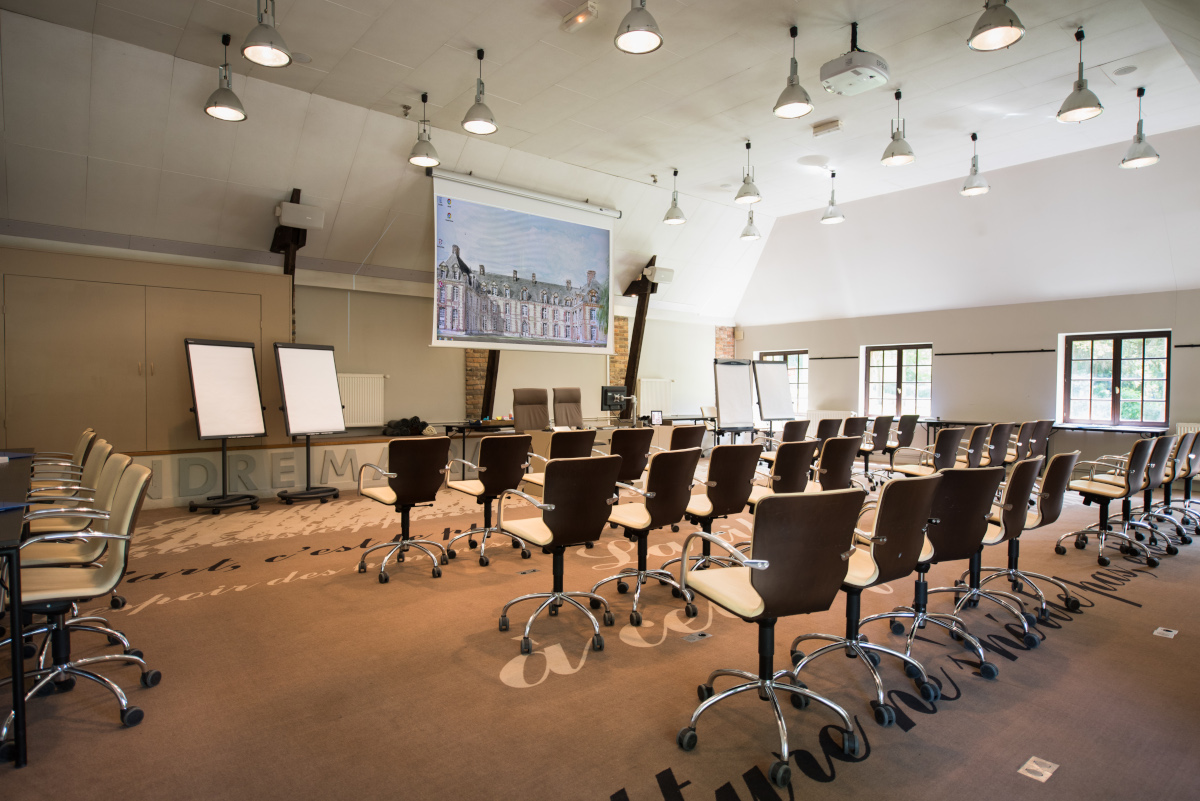


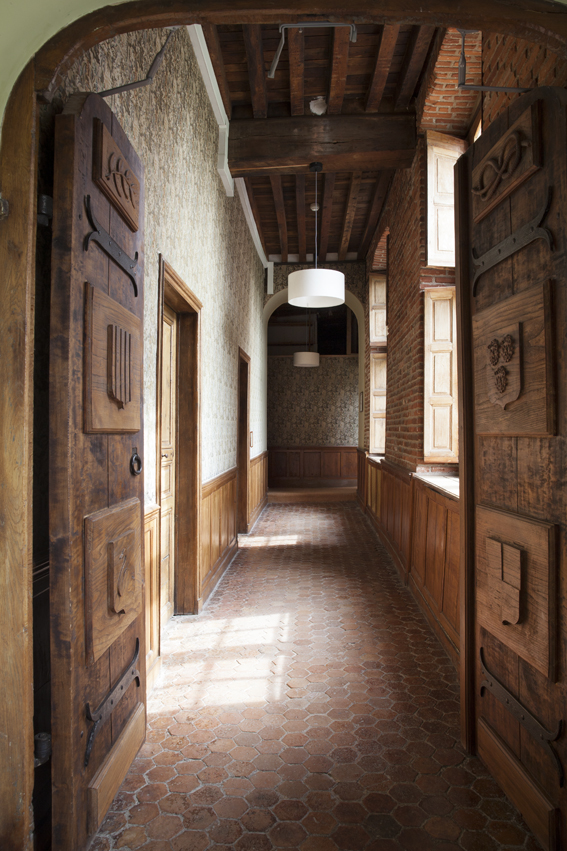


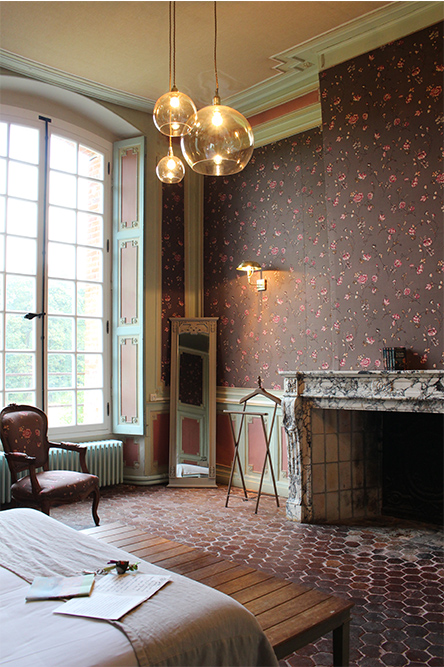










 Except where noted, this content is licensed
Except where noted, this content is licensed